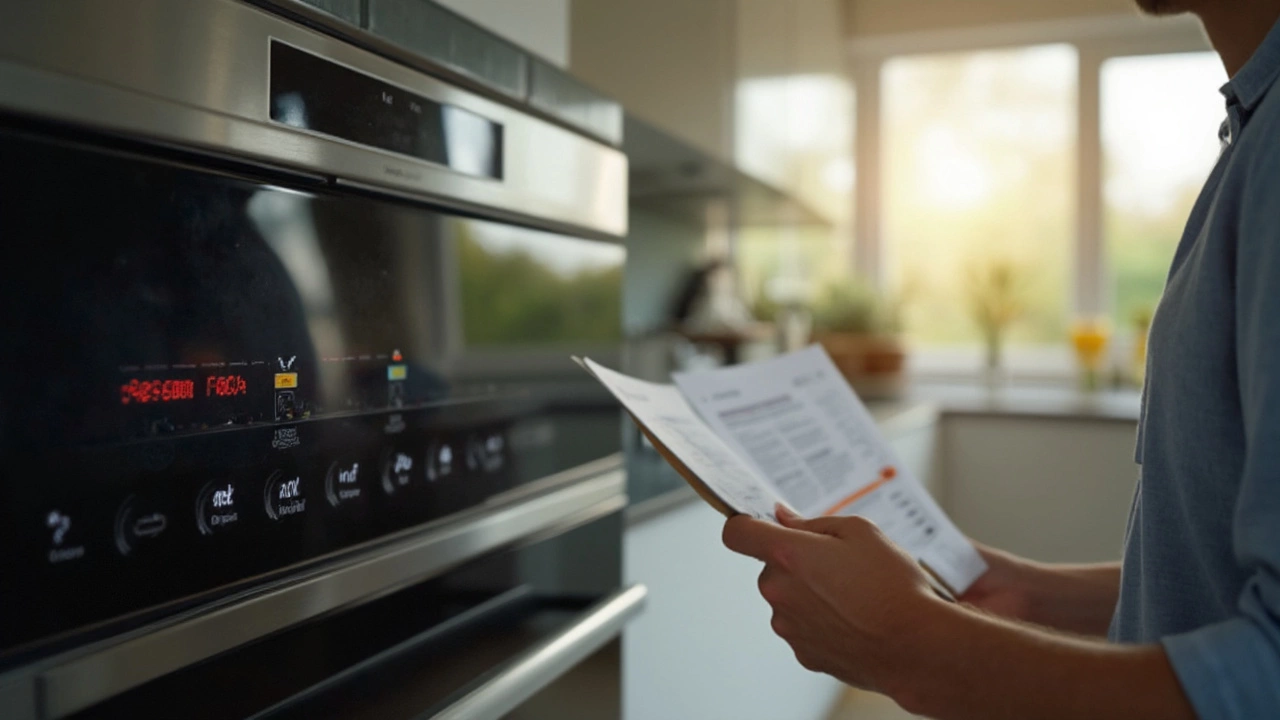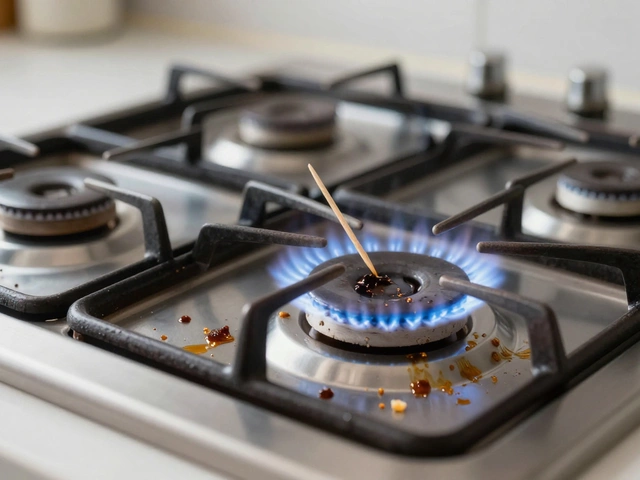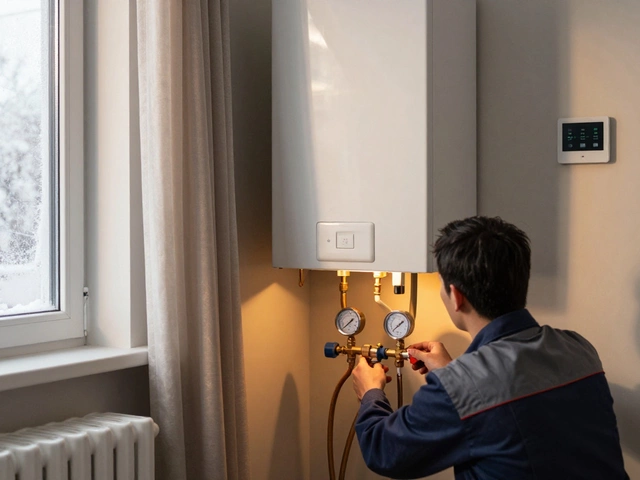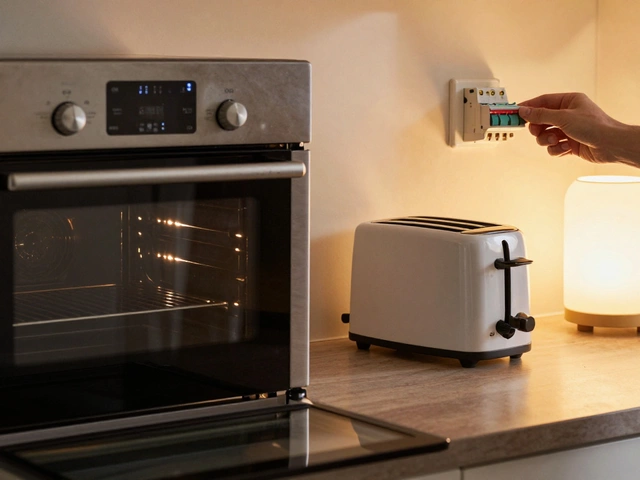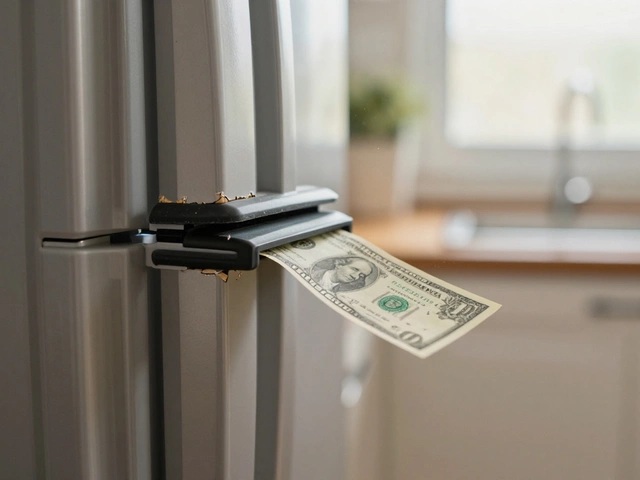Oven Control Board Repair & Replacement: What You Need to Know
When your oven starts acting weird – temperature jumps, burners won’t heat, or the display stays blank – the culprit is often the control board. Think of it as the oven’s brain: it tells the heating elements when to turn on, manages the timer, and handles the keypad. If the board fails, the whole appliance can become useless, but you don’t always have to throw it away.
Common Signs Your Oven Control Board Is Failing
First off, look for obvious red flags. The most common ones are:
- Unresponsive buttons or touchscreen. Press a key and nothing happens.
- Incorrect temperatures. You set 180°C and the oven actually reaches 220°C.
- Random shut‑offs. The oven turns off mid‑cook for no clear reason.
- Flickering or dim display. The screen may blink or stay dimmer than usual.
- Error codes. Modern ovens flash codes like “E1” or “F2” – those usually point to the board.
These symptoms can also be caused by wiring issues or a bad sensor, but the control board is the usual suspect. If you notice one or more of these, it’s time to investigate further.
DIY Troubleshooting Steps
You don’t need a PhD to do a quick check. Here’s a simple step‑by‑step guide:
- Unplug the oven. Safety first – give the appliance a full minute to reset.
- Inspect the power cord. Look for cuts or burnt smells. A damaged cord can mimic board problems.
- Check the fuse or circuit breaker. A tripped breaker can cut power to the board without you noticing.
- Reset the board. Some ovens have a reset button inside the control panel; push it for a few seconds.
- Look for loose connections. Open the back panel (only if you’re comfortable) and make sure the ribbon cable to the board isn’t loose or corroded.
- Run a self‑test. Many brands let you hold a specific button combination to start a diagnostic mode that will highlight which part is failing.
If after these steps the oven still misbehaves, the board is probably damaged and needs replacement.
When you decide to replace the board, keep a few things in mind:
- Model number. Write down the exact model and serial number – the new board must match.
- Cost. A standard control board can run between £80 and £250, depending on brand and features.
- Warranty. Choose a supplier that offers at least a 12‑month guarantee.
- Professional install. If you’re not comfortable handling high‑voltage components, call a certified technician. Mistakes can cause further damage or safety hazards.
Regular maintenance can extend the life of your control board. Keep the oven interior clean, avoid spilling liquids near the keypad, and never use harsh chemicals on the display. A quick wipe with a damp cloth after each use does wonders.
In a nutshell, an oven control board problem isn’t always a death sentence for your appliance. Spot the warning signs early, try the basic troubleshooting steps, and you’ll know whether a simple reset will do or if a replacement is the only way forward. When in doubt, a local repair service like Weymouth Appliance Repair Services can diagnose the issue quickly and give you a clear price on a new board. Save time, avoid costly guesses, and get back to cooking the meals you love.
Oven Control Board Problems: How to Tell If Yours Is Bad
- Alden Wilder
- May 29 2025
- 0 Comments
Wondering if your oven's control board is shot? This guide breaks down real-world signs of a bad oven control board, how to catch the symptoms early, and which fixes you can try at home before calling in a pro. Learn what common problems look like, how to do some simple tests, and discover why these issues pop up in the first place. Find out which warning signs you really shouldn’t ignore. You'll be ready to take action without wasting time or money.
View More